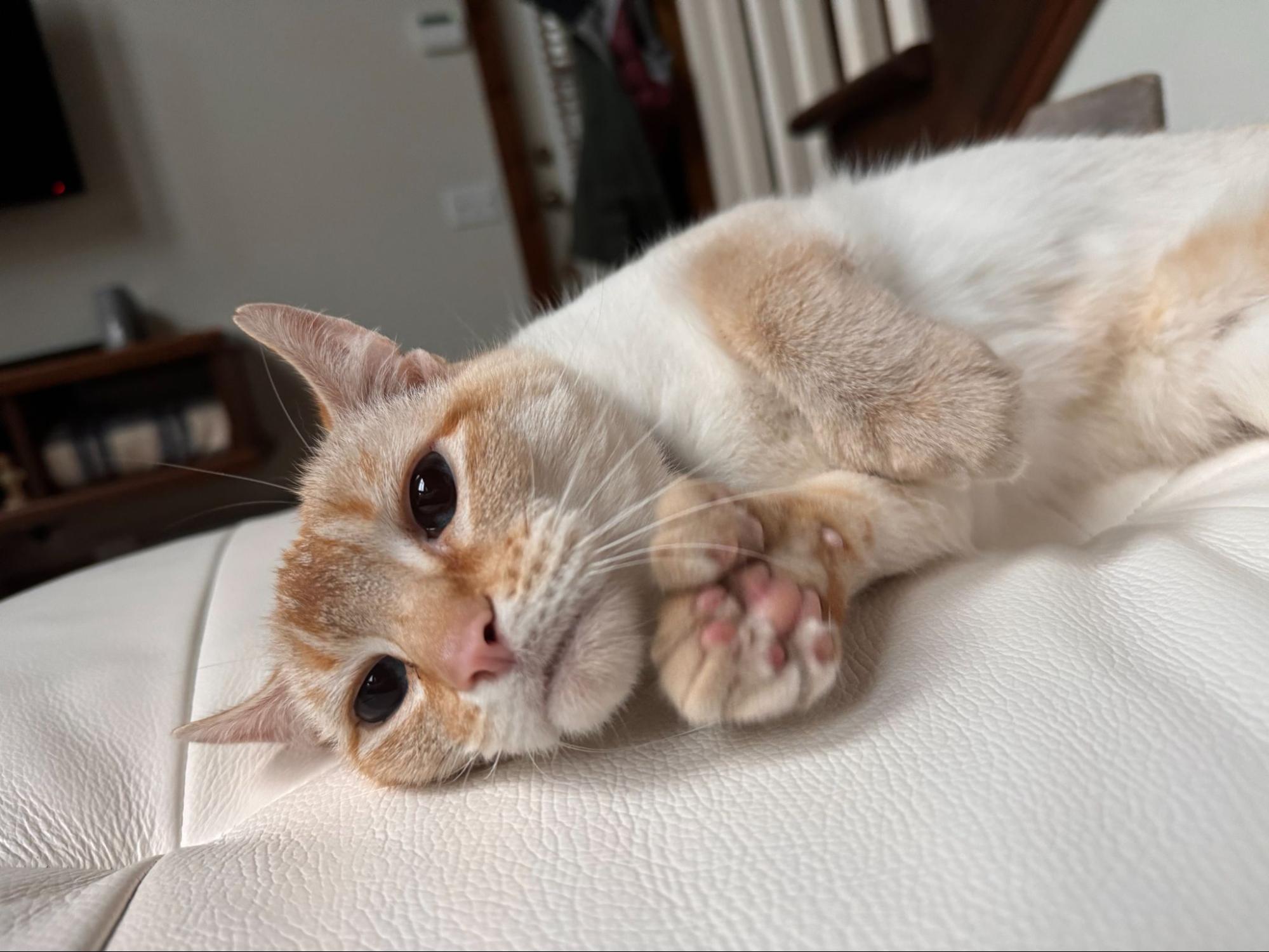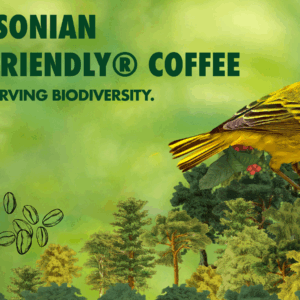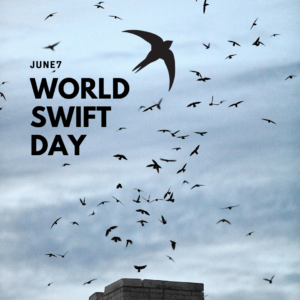Ruffling Feathers: Cats and Their Effect on Local Ecosystems and Bird Populations
Animalogic is a digital nature documentary series, and earlier this year we partnered up with Nature Canada to make an episode about cats and birds. It has the perfect combination of research, citizen science, and an engaging subject that always elicits strong opinions.
Our video is called Cats Kill Billions Of Birds Every Year; It’s Time For That To Stop.
Talking about cats and their effect on local ecosystems and bird populations always ruffles some feathers. People see their pet cats as adorable creatures incapable of doing any harm. This might be true inside the house, but once the cats go outside, it’s a whole different story. Their instincts come out and they can become killing machines.
But telling pet owners that letting their cats out of the house can have negative outcomes often leads to defensiveness and arguments based on opinions rather than on hard data.
The research supported by Nature Canada proved, once again, that cats destroy bird populations. We wanted to show this evidence and encourage people to keep their pets indoors while also being empathetic towards people who have been told their whole lives that cats are semi-wild creatures that “must” spend time outside. Many of us know and love people who think this way.
We also love cats, and it was important to us not to come across as having any sort of personal vendetta against them.

As part of the episode, we did our own citizen research by putting a camera on the documentary’s director’s family cat. We also showed some of the other initiatives in Toronto that aim to reduce the number of stray cats in the streets. One of them had us follow a team of volunteers as they looked to trap stray and feral cats to get them off the streets, into loving homes, and away from local wildlife.
The results were crystal clear. Our cameras caught a beloved “harmless cat” raiding a bird’s nest in the middle of the night. The team following the stray cats saw them catch three feral cats in just a matter of hours.
The episode also featured the research of Dr. Elizabeth Gow, a research scientist with Environment and Climate Change Canada and a collaborator with Nature Canada. Dr. Gow’s work shows that there is a massive number of cats roaming the streets at night and eating everything in their path.
This causes harm not only to bird populations, which have already been declining for decades, but also to cats. Outdoor cats often get into fights with other cats, which can lead to devastating injuries. They also compete with scavengers such as skunks, possums, and raccoons. There’s always the risk of predators like birds of prey and coyotes, and of course, cars. Many cats might also eat poisoned prey or even consume the poison directly.
In short, even though cats might seem to be happy outside, their lives are shorter, more painful and much more dangerous.
We hope you enjoy watching the episode, and if you’re on the fence on this issue, we hope that it convinces you to keep your cats and the local wildlife safe by keeping your pets indoors.
Thank you for watching and helping us continue bringing you wildlife documentaries every week!



